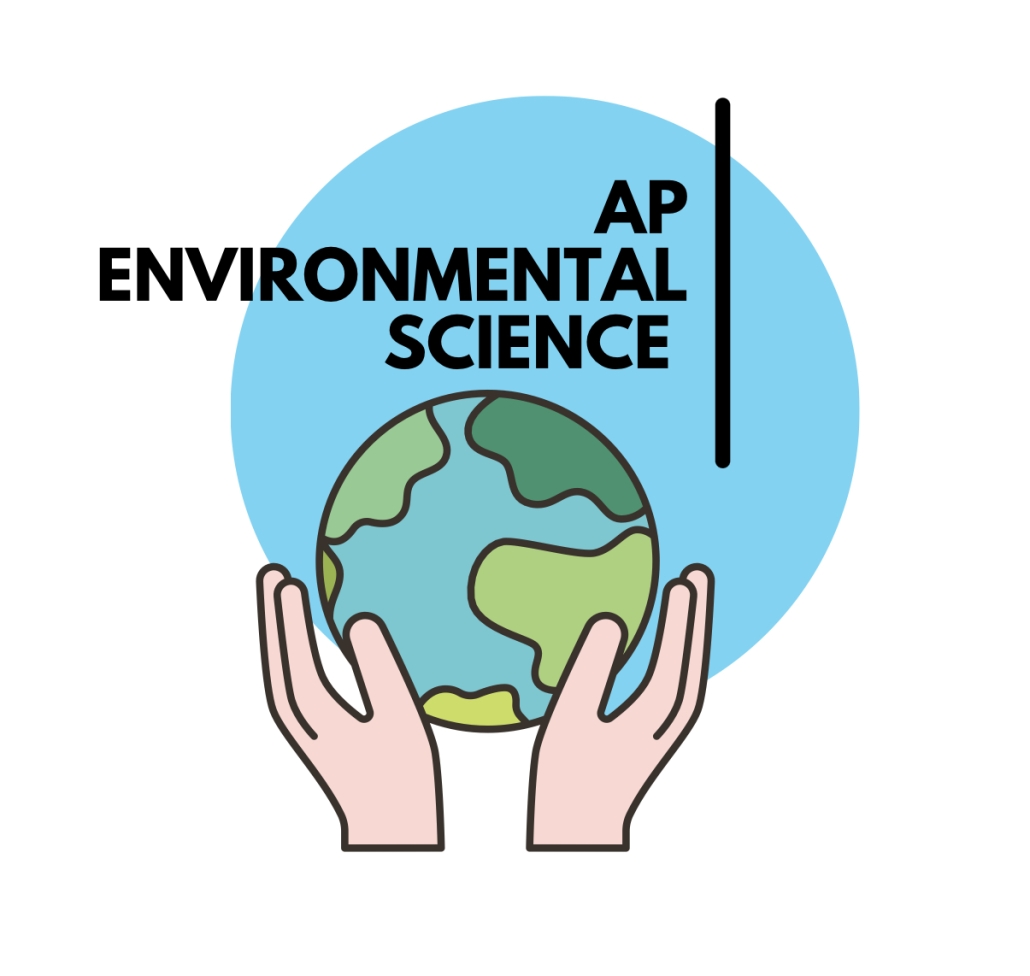Imagine yourself staring at a daunting AP Environmental Science graph, a tangle of lines and data points, each whispering secrets about the planet’s health. You’ve studied diligently, memorized definitions, and understood the concepts, but translating that knowledge into a confident graph interpretation remains a daunting challenge. Fear not, fellow environmentalist! This guide will equip you with the skills and confidence to navigate the often confusing world of AP Environmental Science graphs, turning those bewildering lines into valuable insights.

Image: examstrategist.com
The AP Environmental Science graph prep is a critical aspect of preparing for the exam. Graphs provide a visually compelling way to analyze trends, relationships, and patterns in environmental systems. Your ability to interpret graphs accurately and draw meaningful conclusions is essential for success. This guide will provide a comprehensive breakdown of common types of graphs, effective interpretation strategies, and valuable tips to ensure you confidently tackle any graphical challenge.
Understanding the Landscape: Different Types of Graphs in AP Environmental Science
The AP Environmental Science exam frequently utilizes a variety of graphs, each providing a unique perspective on environmental data. Familiarizing yourself with these types is crucial for successful comprehension:
1. Line Graphs: These graphs are your bread and butter for visualizing changes over time. They illustrate trends, fluctuations, and potential correlations between variables. Think of the iconic graph depicting global temperature rise over decades.
2. Bar Graphs: These graphs excel at comparing discrete categories, allowing for a simple yet powerful visual comparison of quantities. For example, you might see bar graphs used to compare greenhouse gas emissions from different sectors or countries.
3. Scatter Plots: Perfect for showcasing relationships between two variables, scatter plots expose correlations, trends, and potential outliers. These graphs are vital for understanding how changes in one variable might affect another, like the relationship between CO2 concentration and global temperature.
4. Pie Charts: Best suited for displaying proportions or percentages of a whole, pie charts offer a clear visual breakdown of components within a larger system. Imagine using a pie chart to showcase the composition of a landfill or the breakdown of global energy sources.
Mastering the Art of Graph Interpretation: Decoding the Visual Language
Interpreting graphs goes beyond simply identifying the visual elements. It’s about extracting meaningful information, making connections, and drawing logical conclusions. Here’s a five-step approach to approaching graph interpretation:
1. The Title: Your Starting Point: The graph’s title provides the essential context for comprehension. It clearly states the subject matter and the variables being analyzed. For example, a title like “Global CO2 Emissions vs. Per Capita GDP” immediately clarifies the focus on the relationship between carbon emissions and economic development.
2. The Axes: Navigating the Dimensions: The x and y axes define the variables being plotted and provide the scale for analysis. Pay close attention to the units of measurement (e.g., years, kilograms, ppm) for each axis. Understanding the axes is key to understanding the data and its implications.
3. The Data Points: Revealing the Patterns: Each data point on the graph tells a story. Line graphs showcase changes over time, bar graphs highlight comparisons, scatter plots reveal relationships, and pie charts illustrate proportions. Focus on identifying trends, patterns, and significant deviations from any overall trend.
4. Key Features: Spotting the Highlights: Certain features within a graph deserve special attention. These include:
- Trendlines: Line graphs often feature trendlines, visually representing the overall direction of change.
- Outliers: Data points that deviate significantly from the general pattern can reveal interesting insights or potentially problematic data.
- Labels and Legends: Labels identify specific data points, while legends explain different data sets represented within a complex graph.
5. Drawing Conclusions: Unveiling the Story: Once you’ve meticulously analyzed the graph’s elements, it’s time to synthesize your observations into meaningful conclusions. Look for causal relationships, predict future trends, or identify potential environmental implications based on the data presented.
Beyond the Basics: Advanced Graph Interpretation Tips
For deeper understanding and stronger analysis, here are some advanced strategies:
1. Consider the Context: Think beyond the immediate data displayed in the graph. Factor in broader environmental issues, scientific principles, and real-world applications to glean a holistic understanding of the information presented.
2. Identify Cause and Effect: Don’t simply observe relationships between variables; try to determine if one variable might be influencing or causing changes in another.
3. Look for Limitations: Recognize that even the most detailed graph has limitations. Consider the timeframe, sampling size, and potential biases in data collection.

Image: vibrantguide.com
Expert Insights: From the Frontlines of AP Environmental Science
Dr. Emily Carter, a renowned environmental science professor and AP Environmental Science exam developer, offers her insights:
“The ability to critically analyze graphs is fundamental to success in AP Environmental Science. Don’t just look at the numbers; explore the story they tell. Consider the bigger picture and how the data connects to broader environmental issues.”
Actionable Tips to Enhance Your Graph Prep
Here are actionable strategies to confidently tackle graph questions on the AP Environmental Science exam:
1. Practice, Practice, Practice: Familiarize yourself with diverse graph types and data representations. Use past AP exams, practice problems, and online resources to hone your interpretation skills.
2. Become a Graph Analyzer: Don’t just passively observe graphs; act as an investigator! Ask questions, analyze the data, and draw informed conclusions.
3. Master the Terminology: Develop a strong vocabulary of environmental science terminology. Understanding the terms used to label axes and describe data will enhance your comprehension.
Ap Environmental Science Graph Prep Answer Key
Conclusion: Empowering Your Environmental Understanding
Successfully interpreting environmental science graphs transforms you from a passive observer to an active participant in understanding our planet’s challenges and complexities. Embrace the visual language of graphs, practice diligently, and you’ll not only ace your AP exam but gain a deeper appreciation for the intricacies of our environment.





